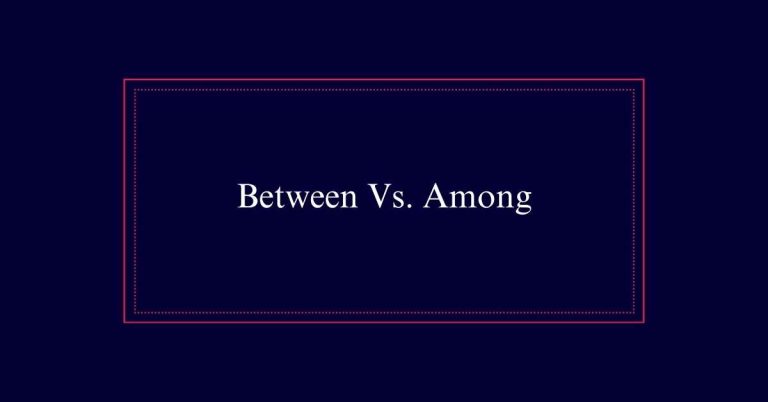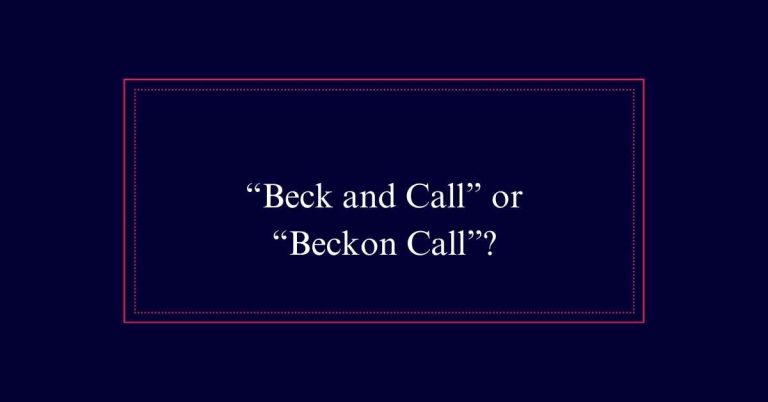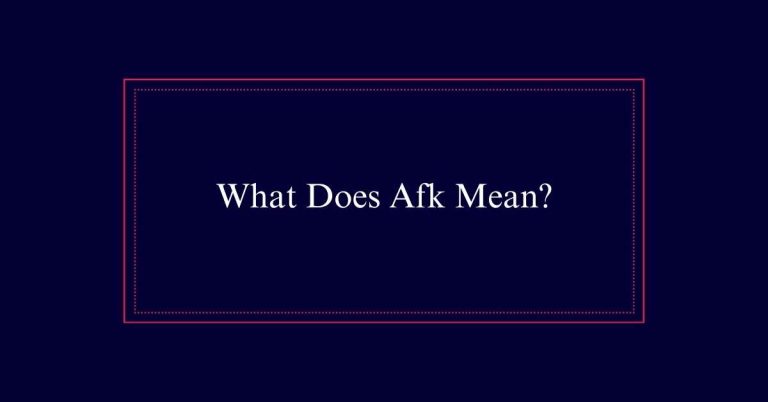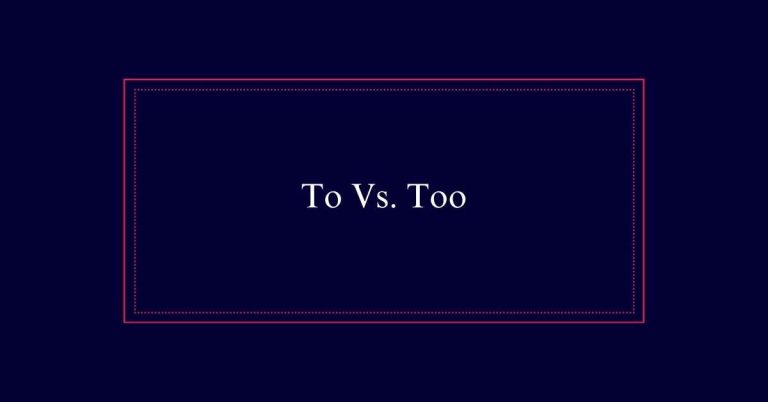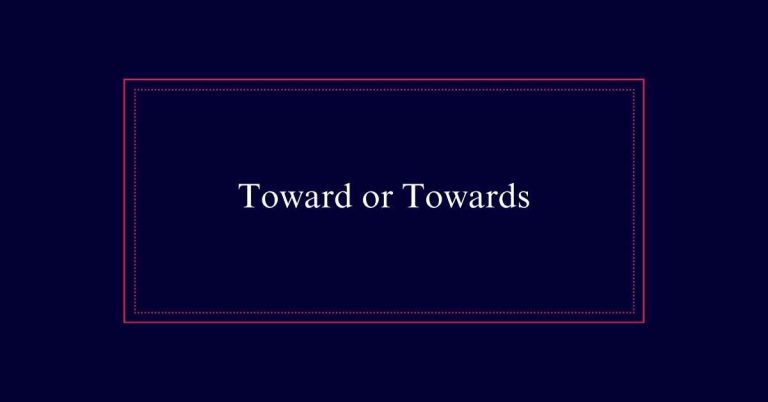When to Use Quotation Marks for Titles?
Use quotation marks for titles of shorter works, including articles, poems, songs, essays, and short stories. This distinguishes these smaller works within the text. For larger works such as books, movies, and periodicals, use italics instead. Each style guide (APA, MLA, Chicago) has its specific rules, so always refer to the appropriate guidelines for academic and formal writing.
Quoting Titles Correctly
When quoting titles correctly, it is important to understand the specific rules for using quotation marks. Quotation marks are typically used for the titles of short works. These include articles, poems, songs, essays, and short stories.
In contrast, titles of larger works such as books, movies, and periodicals should be italicized. This distinction helps readers easily identify the type of work being referenced. For example, ‘The Raven’ is a poem and should be in quotation marks, while *Moby Dick* is a book and should be italicized.
Following these guidelines helps maintain proper formatting and clarity. Additionally, different style guides like APA, MLA, and Chicago may have minor variations, so it is important to refer to the specific guidelines for each style.
Short Works and Quotation Marks
Properly using quotation marks for short works guarantees clarity and consistency in written communication. Quotation marks should be used for titles of short works such as articles, poems, songs, essays, and short stories. For example, you would write “The Road Not Taken” for a poem and “Yesterday” for a song.
This practice helps differentiate these shorter pieces from longer works, which use italics. Ensuring correct usage avoids confusion and maintains a professional standard in writing.
Different style guides—like APA, MLA, and Chicago—have specific rules for using quotation marks in titles. Familiarize yourself with these guidelines to guarantee accuracy and uniformity in your written documents.
Italics for Larger Works
In written communication, italics are used to denote titles of larger works such as books, movies, and names of periodicals. This practice helps readers easily distinguish these titles from the surrounding text.
For instance, when referencing a novel, you would write *To Kill a Mockingbird* instead of ‘To Kill a Mockingbird.’ Similarly, movie titles like *The Godfather* and periodicals like *The New York Times* should be italicized.
This convention applies across different styles such as APA, MLA, and Chicago. Using italics for these larger works guarantees clarity and uniformity in writing. Always check the specific guidelines of the style you are using to ensure correct formatting.
General Formatting Rules
Understanding the general formatting rules is fundamental for correctly presenting titles in written communication. Quotation marks are used for shorter works, while italics are reserved for longer works. This distinction helps maintain clarity and consistency in writing. Below is a table summarizing these rules:
| Type of Work | Formatting |
|---|---|
| Articles | “Title” |
| Poems | “Title” |
| Songs | “Title” |
| Short Stories | “Title” |
| Books | *Title* |
| Movies | *Title* |
| Periodicals | *Title* |
| Television Episodes | “Title” |
APA Style Guidelines
According to APA style guidelines, quotation marks are used for titles of shorter works such as articles, poems, and chapters. This helps maintain clarity and distinguish them from larger works.
For example, you would write ‘The Road Not Taken’ for a poem and ‘The Impact of Climate Change’ for an article. However, in the reference list, APA does not use quotation marks for articles and chapters. Instead, these titles are written in plain text.
Inside the text, it is crucial to use quotation marks to correctly format and cite titles. Following these rules maintains clarity and consistency in academic writing.

Chicago Style Rules
Chicago style rules for using quotation marks in titles are straightforward and align with general guidelines. Use quotation marks for titles of shorter works such as articles, poems, songs, essays, and short stories. The aim is to clearly distinguish these from longer works, which are italicized.
In Chicago style, additional shorter works like fairy tales and nursery rhymes also use quotation marks. Conversely, longer works such as books, movies, and periodicals should be italicized. Specific items like pamphlets, maps, and serialized cartoons also require italics.
MLA Style Formatting
In MLA style, quotation marks are used for the titles of shorter works such as articles, poems, and short stories. This formatting helps to distinguish these smaller works from larger works, which are italicized. When using quotation marks for titles, it’s important to follow MLA guidelines for consistency and accuracy.
Here are examples of works that require quotation marks in MLA style:
- Short stories, such as ‘The Lottery’ by Shirley Jackson
- Poems, like ‘The Road Not Taken’ by Robert Frost
- Articles, including ‘The Impact of Climate Change’ from a journal
Variations in Styles
While MLA style uses quotation marks for titles of shorter works, it should be emphasized that different style guides have their own unique rules for formatting titles.
APA style also employs quotation marks for articles and chapters but omits them in the reference list.
Chicago style is similar to MLA but includes additional works like fairy tales and nursery rhymes.
Each style guide has specific guidelines that must be followed to guarantee consistency and accuracy. Understanding these differences is essential for proper citation.
Specific Types of Works
Titles of specific types of works demand distinct formatting to guarantee proper citation and readability. Short works typically require quotation marks, making them easily distinguishable from longer works. For example, articles, poems, songs, essays, and short stories are enclosed in quotation marks. This practice helps readers quickly identify the format and context of the work.
- ‘The Road Not Taken’ (poem)
- ‘Bohemian Rhapsody’ (song)
- ‘The Lottery’ (short story)
In contrast, larger works like books, movies, and periodicals are italicized. This distinction ensures clarity in academic and professional writing.
Purpose of Quotation Marks
Quotation marks serve to clearly distinguish the titles of short works from the surrounding text. They help readers quickly identify and understand the nature of the work being referenced. This practice is essential for maintaining clarity in academic and professional writing. By setting off titles such as articles, poems, and songs, quotation marks provide a visual cue that aids in comprehension and readability.
Below is a table summarizing when to use quotation marks for different types of works:
| Type of Work | Example Title | Formatting |
|---|---|---|
| Article | ‘The Impact of Climate’ | Quotation Marks |
| Poem | ‘Ode to a Nightingale’ | Quotation Marks |
| Song | ‘Bohemian Rhapsody’ | Quotation Marks |


